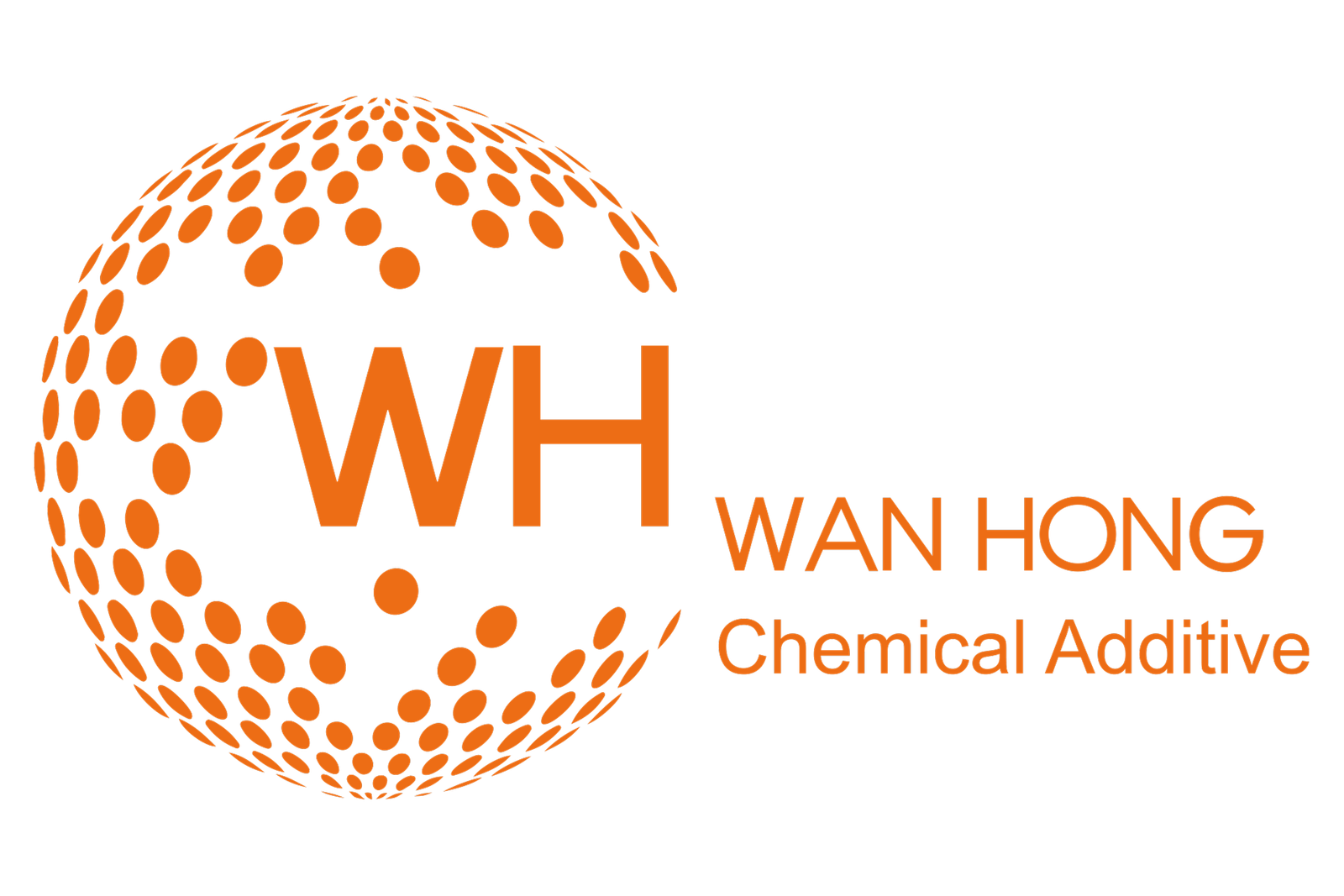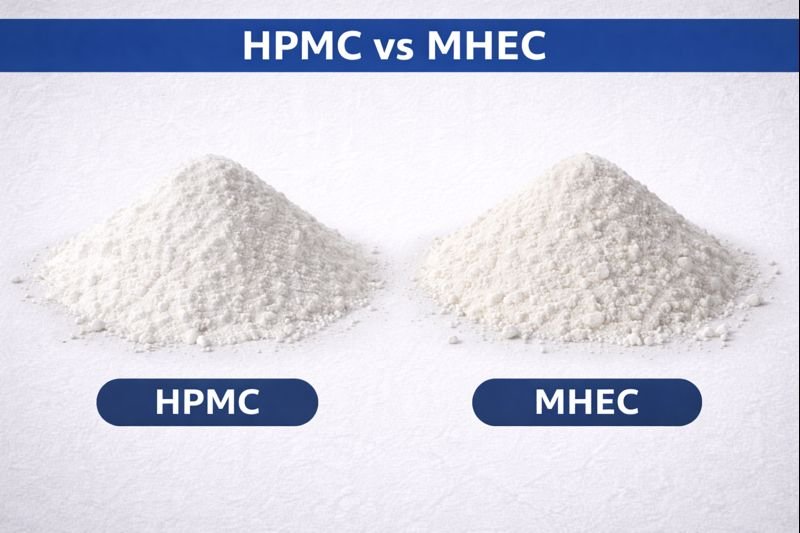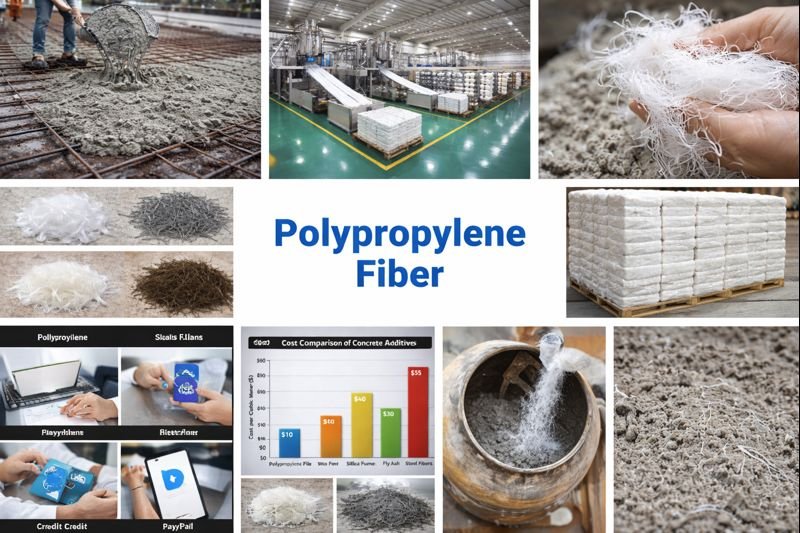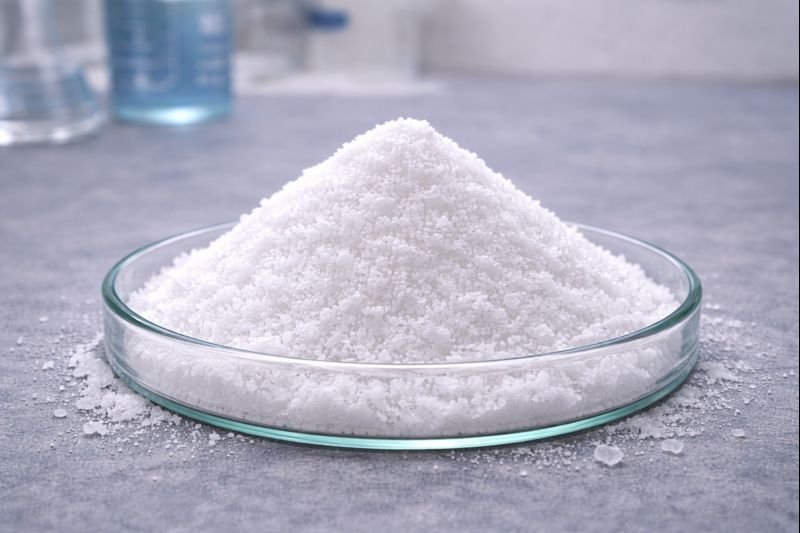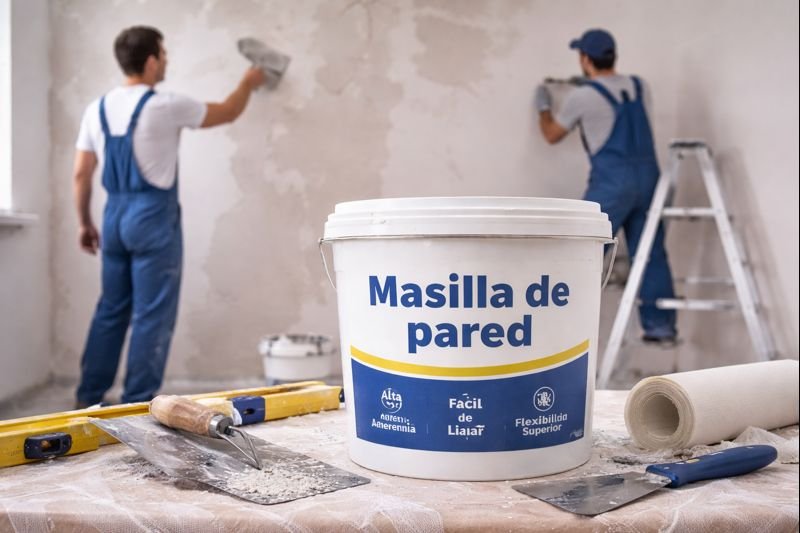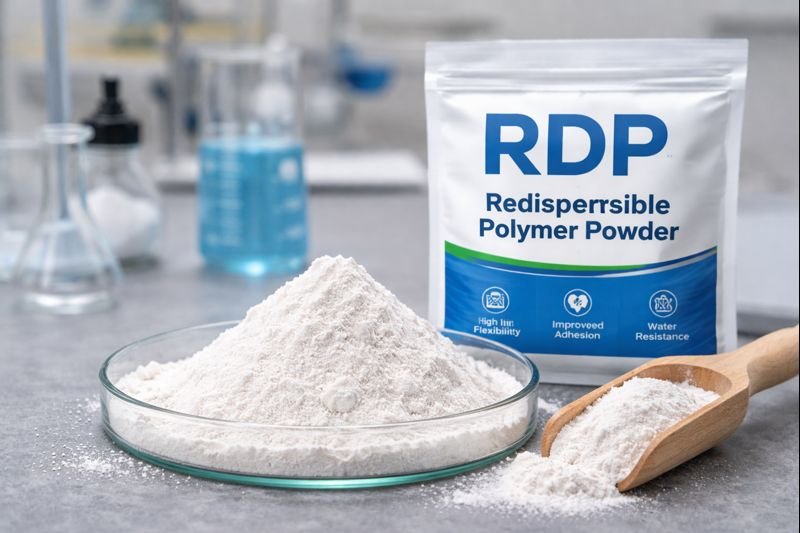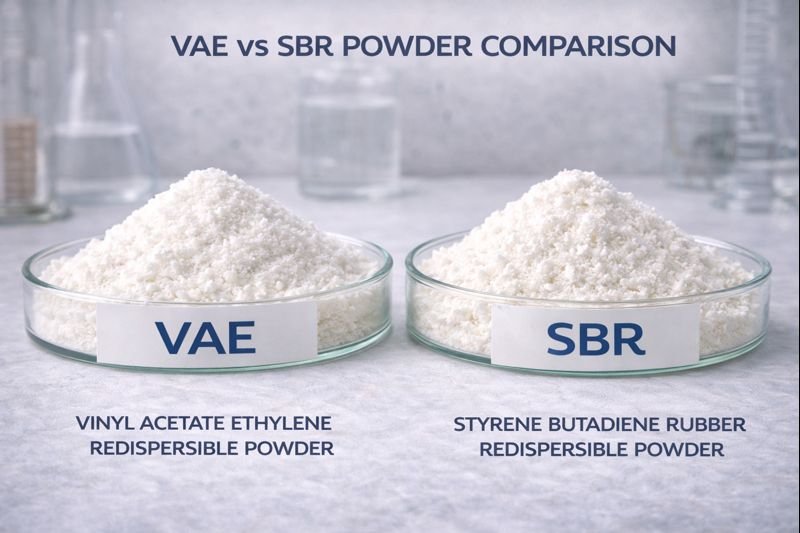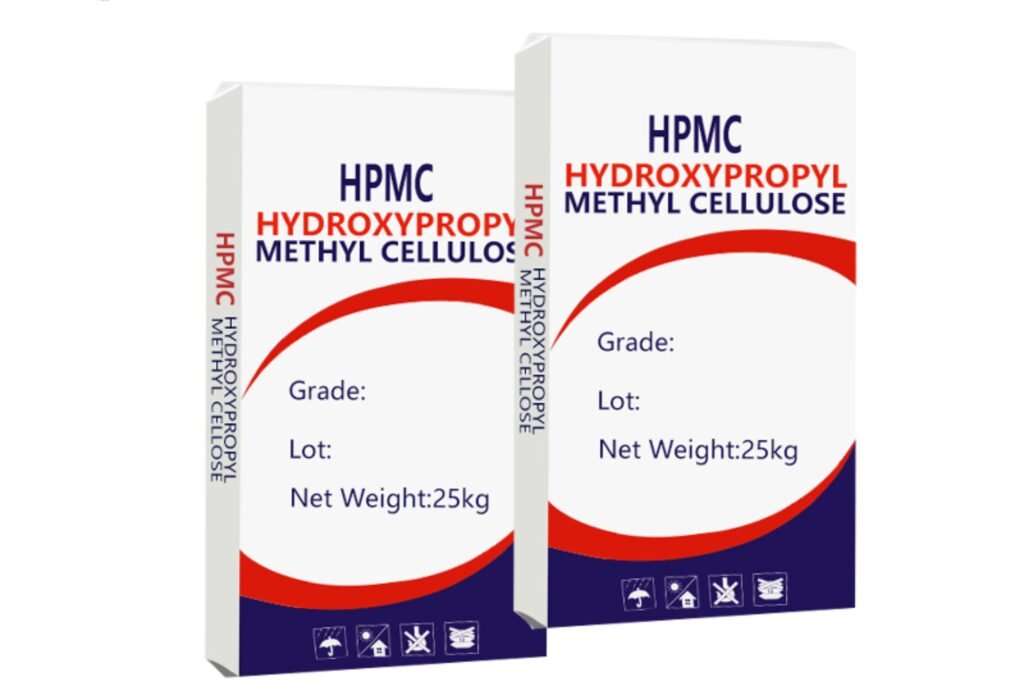Cracked concrete isn't just unsightly—it's a pathway to structural damage, water infiltration, and costly repairs down the line. I've seen countless properties deteriorate because small cracks weren't addressed promptly with the right materials.
RDP powder1 (redispersible polymer powder2) is the ideal solution for concrete crack filling because it creates a flexible, strong bond that prevents moisture penetration while accommodating movement. When mixed with cement, it forms a durable repair material that adheres well to existing concrete surfaces.
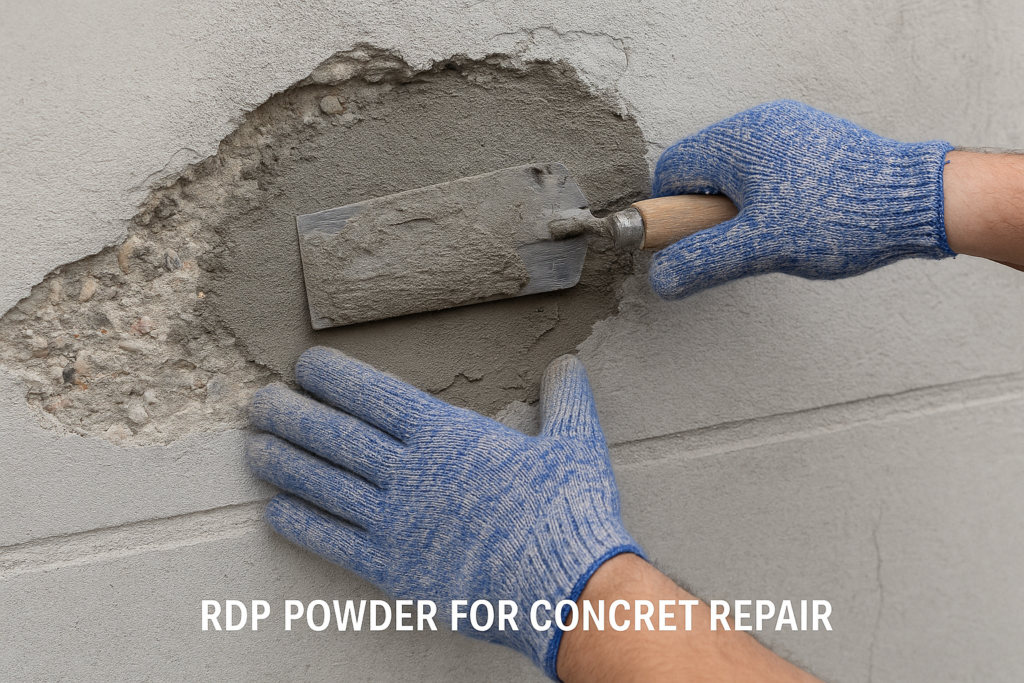
As someone who's worked with construction materials for years, I can tell you that not all crack fillers are created equal. I've tried numerous products, but redispersible polymer powder2 consistently delivers superior results. Let me share what I've learned about this versatile material and how it can revolutionize your repair projects.
What Makes RDP Powder The Best Solution For Concrete Crack Filling?
You've probably dealt with crack repairs that fail within months, leaving you frustrated and facing the same problems again. I remember feeling the same way before discovering how redispersible polymer transforms ordinary cement mixes.
RDP powder1 enhances concrete crack fillers by improving adhesion, flexibility, water resistance, and durability. It creates polymer films during drying that bridge cracks and prevent future damage. Unlike rigid fillers, RDP-modified mixes can handle thermal expansion and contraction without failing.
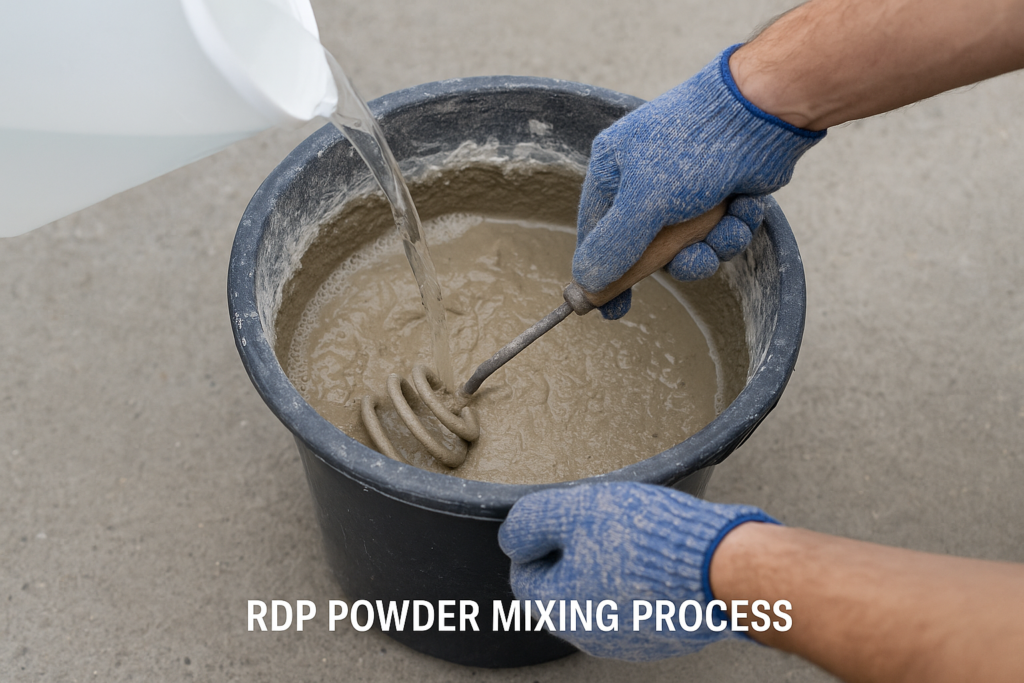
When I first started using redispersible polymer powder in my repair mixes, I was amazed by the difference in performance. The science behind RDP is fascinating—these specialized powders contain polymer particles that redisperse when mixed with water, forming a latex-like liquid that coats cement particles and aggregate. During drying, these polymers form films that bridge micro-gaps and enhance the physical properties of the hardened material.
The most significant advantages I've found include improved adhesion to existing surfaces, enhanced flexibility to accommodate movement, better water resistance, and increased tensile strength. Traditional cement-only repairs tend to be brittle and prone to failure, especially with hairline cracks that experience movement. RDP-modified mixes, however, create a more elastic repair that maintains integrity even with substrate movement.
In my experience working with construction projects across various climates, I've found that RDP powder (particularly VAE and VeoVA types) provides excellent weathering resistance, ensuring repairs last longer even in harsh conditions. The polymer films also significantly reduce water penetration, preventing further damage from freeze-thaw cycles that would otherwise quickly degrade conventional repairs.
How Do You Target 6 Different Types Of Concrete Cracks With RDP Powder?
I once visited a project where the contractor had used the same repair mix for every crack type, resulting in multiple failed repairs. I wasn't surprised—each crack type demands a specific approach, and RDP powder formulations should be adjusted accordingly.
Different concrete cracks require specific RDP formulations: hairline cracks need high-polymer, flowable mixes; structural cracks require fiber-reinforced, high-strength RDP compounds; shrinkage cracks benefit from flexible RDP mixes; settlement cracks need high-adhesion formulations; surface crazing requires fine-particle RDP slurry; and corner cracks demand impact-resistant RDP compounds.
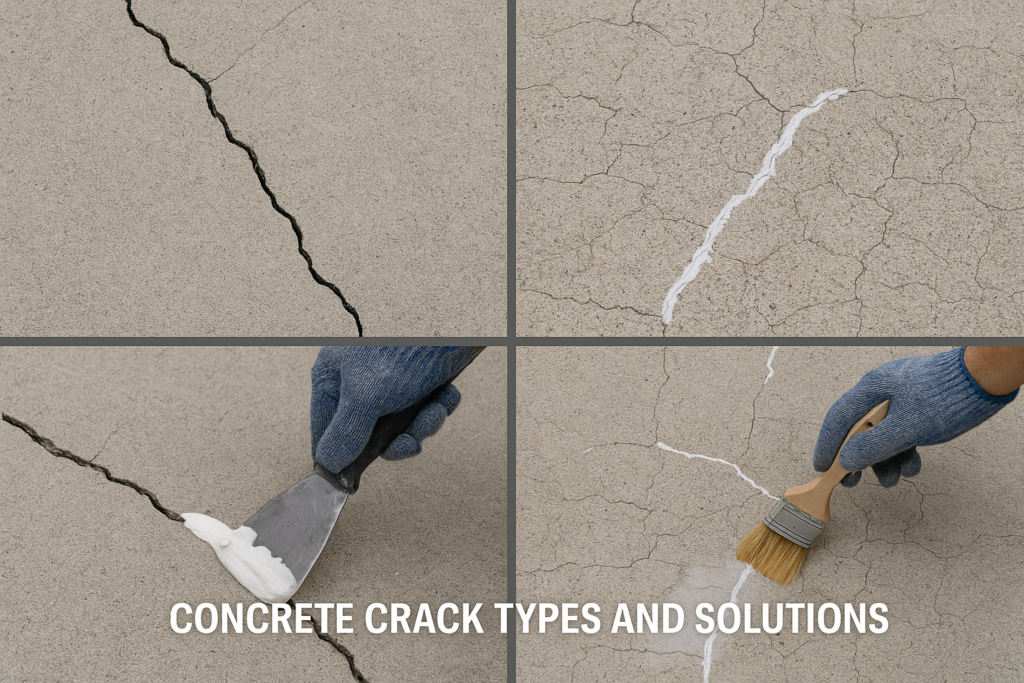
My experience with concrete repairs has shown me that understanding crack classification is crucial for successful long-term repairs. Let me break down the most common types I encounter and how I modify my RDP approach for each:
Hairline Cracks (< 0.3mm)
These fine surface cracks often appear in patterns and require special attention. I typically use a high-polymer content RDP mix (around 5-7% by cement weight) with very fine sand or no sand at all. The high polymer content creates a more flowable mixture that can penetrate these tiny openings. For these cracks, I prefer VAE-based RDP powder1s due to their excellent penetration properties and ability to form continuous films within narrow spaces.
Structural Cracks (> 2mm)
These serious cracks demand a different approach. I increase the RDP content (4-6%) but also incorporate polypropylene fibers for additional reinforcement. The RDP I select for these repairs usually has higher tensile strength properties, often VeoVA-based types that offer better water resistance and durability under load. For very wide cracks, I sometimes use a two-stage approach: first filling the bulk with a lower-polymer mix, then topping with a high-polymer formulation.
Shrinkage Cracks (0.5-2mm)
These occur during concrete curing and need flexibility. My go-to solution is a medium-content RDP mix (3-5%) with a balanced sand-to-cement ratio. The key here is selecting an RDP type that offers good elongation properties to accommodate future minor movements. I've had excellent results using elastomeric-modified RDP powder1s that maintain flexibility after curing.
Settlement Cracks
These irregular cracks require exceptional bonding strength. I use high-adhesion RDP formulations (5-8%) with specially graded aggregates. For these applications, I often select copolymer RDP types that offer enhanced adhesion to both old and new concrete surfaces.
Surface Crazing
For this network of shallow cracks, I prepare a fine-particle RDP slurry (6-8% polymer content) that can be worked into the surface. The high polymer content ensures excellent adhesion to the shallow depth while preventing further moisture loss.
Corner Cracks
These stress-concentrated areas need impact resistance along with flexibility. My approach includes angular aggregate with high-strength RDP (4-6%) and sometimes fiber reinforcement. The polymer type I select typically offers good impact resistance along with adhesion properties.
What Steps Should You Follow For Perfect Crack Filling With RDP Powder?
I once rushed through crack preparation and skipped proper cleaning, only to watch my repair fail within weeks. Trust me, following a systematic process with RDP-modified materials makes all the difference.
Perfect crack filling with RDP powder follows six steps: thoroughly clean the crack, remove loose material, prime with diluted RDP solution, prepare proper mix ratio (typically 3-5% RDP to cement weight), apply in layers for deep cracks, and cure properly with light misting for 48 hours.
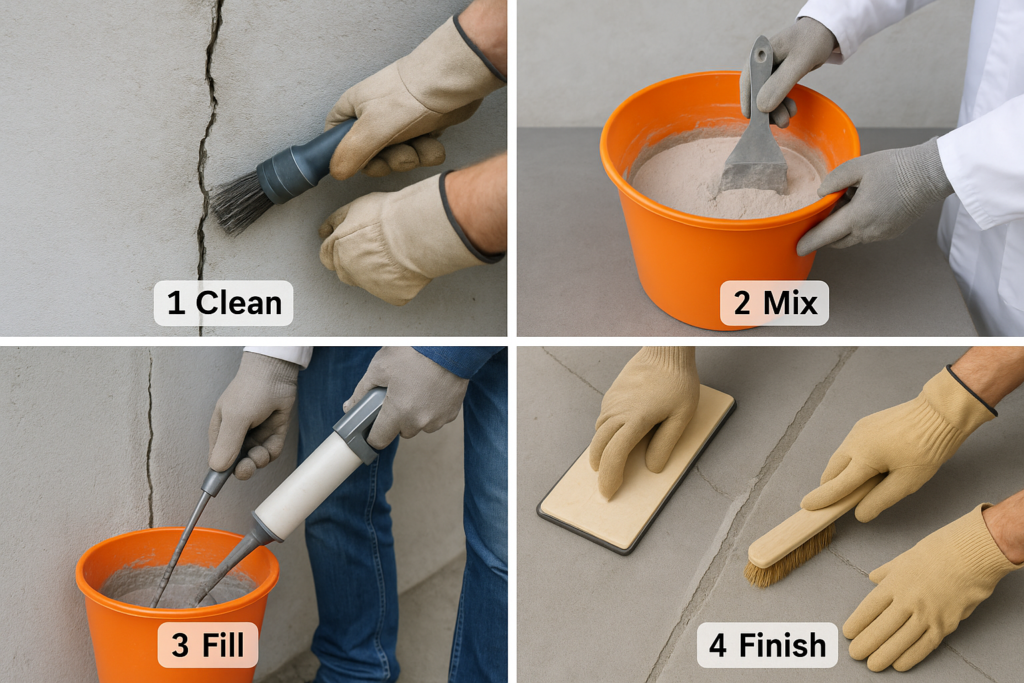
Having filled thousands of concrete cracks over the years, I've developed a reliable process that maximizes the benefits of RDP-modified repair materials. Let me walk you through my detailed approach:
1. Thorough Preparation
I start by widening the crack slightly using a chisel or crack chaser to create a "V" shape that allows better mechanical bonding. This step is crucial—I've found repairs fail most often due to poor preparation. I use a wire brush to remove loose particles, followed by compressed air to blast out dust. For oil-contaminated cracks, I use a degreasing agent and rinse thoroughly. The crack must be absolutely clean for the RDP-modified material to bond properly.
2. Proper Moisture Conditioning
I've learned that the moisture state of the crack significantly impacts repair success. I dampen the crack surface without leaving standing water—what I call "saturated surface dry" condition. This prevents the existing concrete from absorbing moisture from the repair material too quickly, which would reduce its strength. For very dry concrete in hot weather, I sometimes pre-wet the area for an hour before application.
3. RDP Primer Application
This step is my secret weapon for exceptional adhesion. I mix a small amount of RDP powder with water (about 1:10 ratio) to create a primer that I brush into the crack. This primer penetrates the porous surface and creates a polymer-rich interface layer that dramatically improves bonding. I allow this to become tacky (but not fully dry) before applying the main repair material.
4. Precise Mixing Proportions
| For my repair mortar, I typically use this formula: | Component | Proportion |
|---|---|---|
| Portland Cement | 1 part | |
| Fine Sand (0.1-0.6mm) | 2-3 parts | |
| RDP Powder | 3-5% of cement weight | |
| Water | Adjusted for workability |
I mix the dry components thoroughly before adding water gradually until reaching a consistency like thick peanut butter for vertical cracks or slightly more flowable for horizontal applications. Over-watering will reduce strength and polymer effectiveness.
5. Layered Application Technique
For cracks deeper than 1/2 inch, I fill in layers rather than all at once. Each layer is about 1/4 inch thick, and I scratch the surface of each layer before it fully hardens to improve bonding with the next layer. For the final layer, I ensure it's slightly proud of the surface, then after initial set (about 30-60 minutes), I trim and texture it to match the surrounding concrete.
6. Proper Curing Protocol
This is perhaps the most overlooked step. RDP-modified repairs benefit from moist curing, but not submersion in water. I lightly mist the repair several times daily for at least 48 hours, or cover it with plastic sheeting to retain moisture. This allows both proper cement hydration and polymer film formation, which happen simultaneously but require different conditions.
What Other Applications Can Benefit From RDP Powder Beyond Crack Filling?
When I discovered how well RDP powder worked for crack filling, I naturally wondered what else it could do. The answer surprised even me—its versatility extends far beyond simple repairs.
RDP powder enhances multiple applications beyond crack filling: waterproofing membranes gain flexibility and adhesion, tile adhesives achieve superior bond strength, self-leveling compounds flow better with reduced shrinkage, exterior renders become weather-resistant, and decorative overlays gain durability and color consistency.
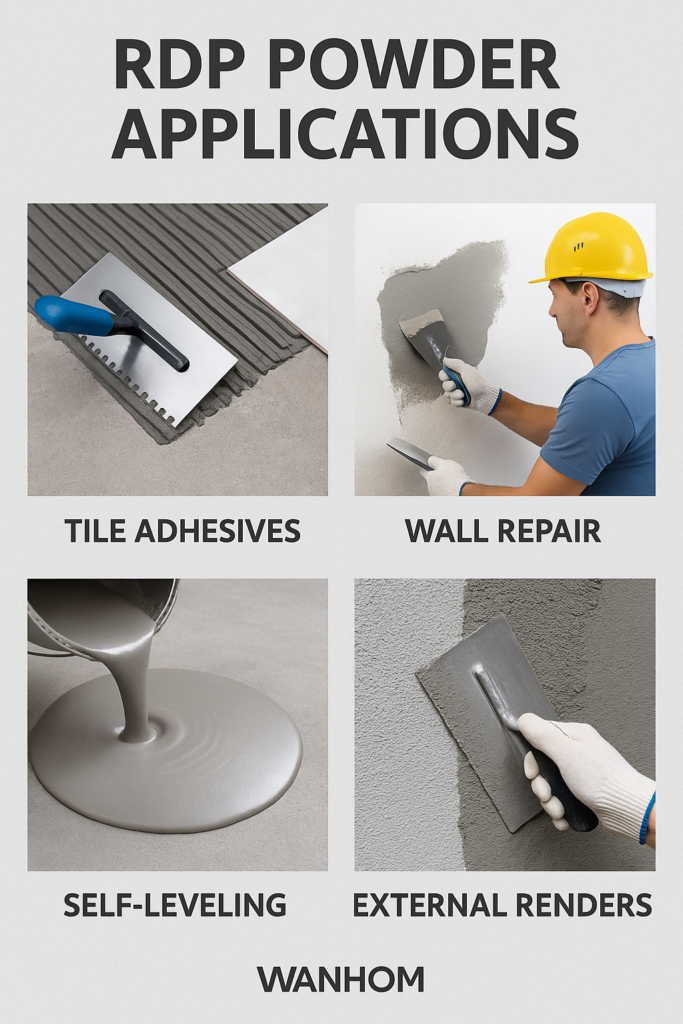
In my years working with construction chemicals, I've experimented with RDP powder across numerous applications. The transformation it brings to ordinary cement-based materials is remarkable. Here are the five additional applications where I've seen the most significant benefits:
Waterproofing Membranes
Adding 5-8% RDP powder to cementitious waterproofing systems creates a flexible, crack-bridging membrane that maintains integrity even with substrate movement. I've used this approach for waterproofing bathroom floors, balconies, and foundation walls with excellent results. The polymer component forms a continuous film that blocks water penetration while maintaining breathability. In one challenging basement project I worked on, an RDP-modified waterproofing system withstood hydrostatic pressure that had defeated three previous conventional treatments.
High-Performance Tile Adhesives
Modern large-format tiles and challenging substrates demand adhesives with exceptional bond strength and flexibility. By incorporating 3-5% RDP powder into traditional cement-based adhesives, I've been able to achieve bond strengths exceeding 1 MPa even in freeze-thaw conditions. The improved adhesion, combined with reduced water absorption and enhanced flexibility, makes these formulations ideal for exterior tile installations or areas subject to thermal cycling. My clients have reported significantly fewer callbacks for tile failures since I switched to these formulations.
Self-Leveling Compounds
RDP powder transforms ordinary cement-based self-leveling compounds by improving flow properties while reducing shrinkage and cracking. I typically use 2-4% RDP powder along with specialized superplasticizers to create flooring underlayments that can be applied in thinner sections with fewer joints. The polymer modification also improves adhesion to difficult substrates like existing tile or sealed concrete, often eliminating the need for mechanical preparation. In one commercial flooring project, we were able to reduce thickness from the specified 1 inch to just 1/4 inch, saving materials and reducing load on the structure.
Exterior Renders and Facades
For exterior cladding systems, adding 2-3% RDP powder substantially improves weather resistance, reduces efflorescence, and enhances adhesion to various substrates. I've found that RDP-modified renders maintain color consistency better and resist the growth of algae and mold. The improved impact resistance is particularly valuable in areas prone to hail or mechanical damage. One Mediterranean-style exterior I completed five years ago still looks freshly applied despite harsh coastal conditions that typically degrade conventional renders within 2-3 years.
Decorative Concrete Overlays
Thin decorative concrete overlays benefit tremendously from RDP modification. I use 5-7% RDP content to create overlays as thin as 1/8 inch that remain durable even in high-traffic areas. The polymer component improves workability for stamping or texturing while enhancing the bond to the existing concrete. Color integration is more uniform, and the finished surface exhibits better stain resistance. For pool decks and patios, these overlays provide a cost-effective renovation solution that stands up to harsh UV exposure and frequent wetting/drying cycles.
Where Can You Find High-Quality RDP Powder For Your Projects?
After experimenting with various suppliers, I've learned that the source of your RDP powder significantly impacts project outcomes. Quality differences are real, and I've faced project delays due to inconsistent materials.
To source high-quality RDP powder, look for manufacturers with ISO certification, technical support services, consistent particle size distribution, and specialized formulations for specific applications. Request technical data sheets, performance test results, and samples before bulk ordering to ensure compatibility with your specific projects.
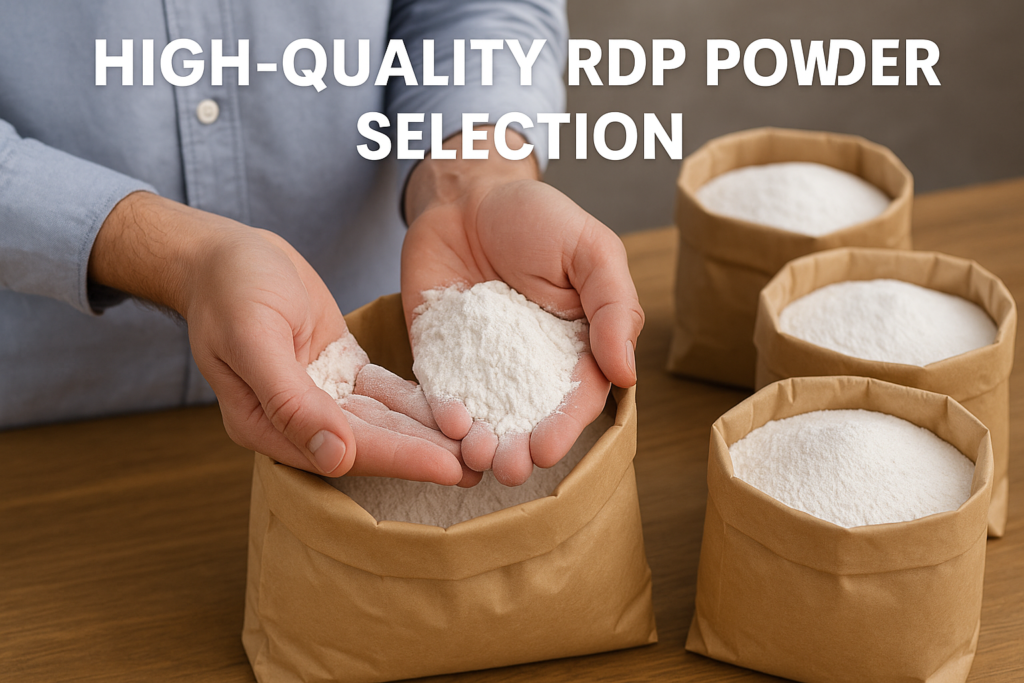
Finding reliable suppliers for construction chemicals can be challenging, especially for specialized materials like redispersible polymer powder2. Through years of sourcing materials for
